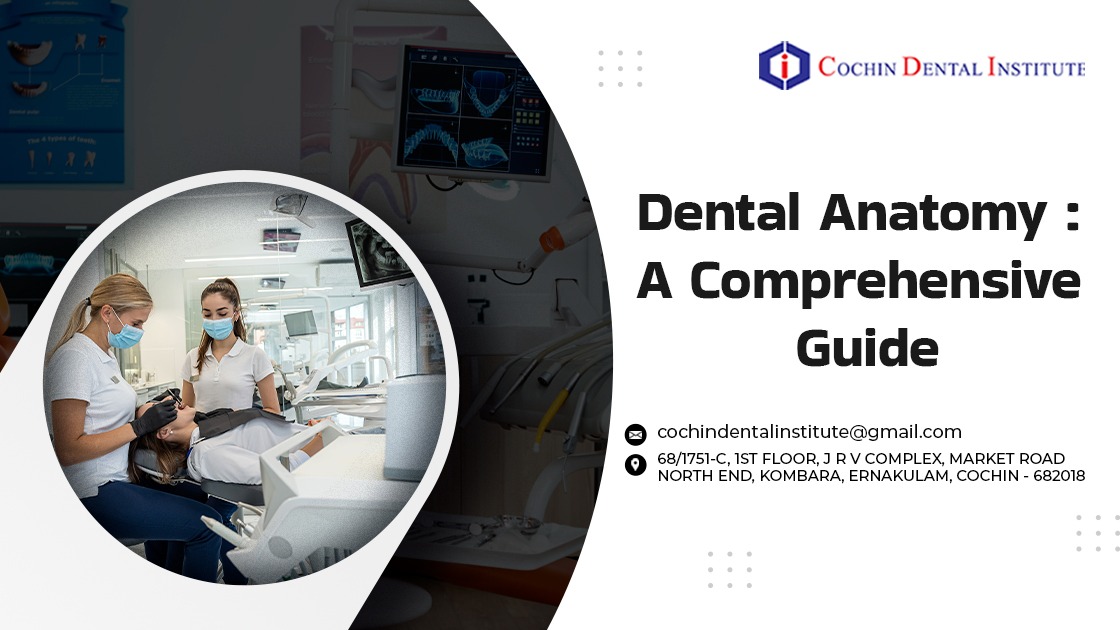Dental anatomy is a crucial aspect of dentistry, as it provides the foundation for understanding the structure, function, and development of teeth. This comprehensive guide aims to explore the various components of dental anatomy, including the different types of teeth, their roles in the oral cavity, and their importance in maintaining overall oral health.
Overview of Dental Anatomy:
Definition of dental anatomy and its significance in dentistry.
Historical perspective on the study of dental anatomy.
Basic terminology used in dental anatomy.
>Types of Teeth:
- Incisors: Understanding their location, shape, and function in cutting and shearing food.
- Canines: Examining their characteristics and role in tearing and grasping food.
- Premolars: Discussing the structure and function of grinding and tearing food.
- Molars: Exploring the features and importance in crushing and grinding food.
>Tooth Structure:
- Enamel: The outermost layer, its composition, and its role in protecting the tooth.
- Dentin: Understanding its structure and function as the bulk of the tooth.
- Pulp: The innermost part containing nerves and blood vessels, crucial for tooth vitality.
- Cementum: Explaining its location and function in anchoring the tooth to the jawbone.
>The Human Dentition:
Deciduous (Primary) Dentition: An overview of baby teeth, eruption sequence, and their significance in early childhood.
>Permanent Dentition: Discussing the adult teeth, eruption timeline, and replacement of primary teeth.
-
Occlusion:
Understanding occlusal relationships and how teeth come together during biting and chewing.
-
Malocclusion:
Common types and their impact on oral health and facial appearance.
-
Tooth Development:
Stages of tooth development from initiation to eruption.
Factors influencing tooth development and potential abnormalities.
-
Oral Health and Dental Anatomy:
Importance of dental anatomy in diagnosing dental conditions and treatment planning.
Dental hygiene practices to maintain healthy teeth and gums.
-
Dental Anomalies:
Exploring various dental anomalies like supernumerary teeth, impacted teeth, and congenitally missing teeth.
Dental anatomy is a fundamental aspect of dentistry that plays a pivotal role in understanding oral health and dental treatments. By grasping the concepts of tooth structure, types of teeth, and occlusal relationships, dental professionals can better diagnose and address dental issues, leading to improved patient care and overall oral well-being. Regular oral hygiene practices and routine dental check-ups are essential for maintaining healthy teeth and a bright smile throughout life.



